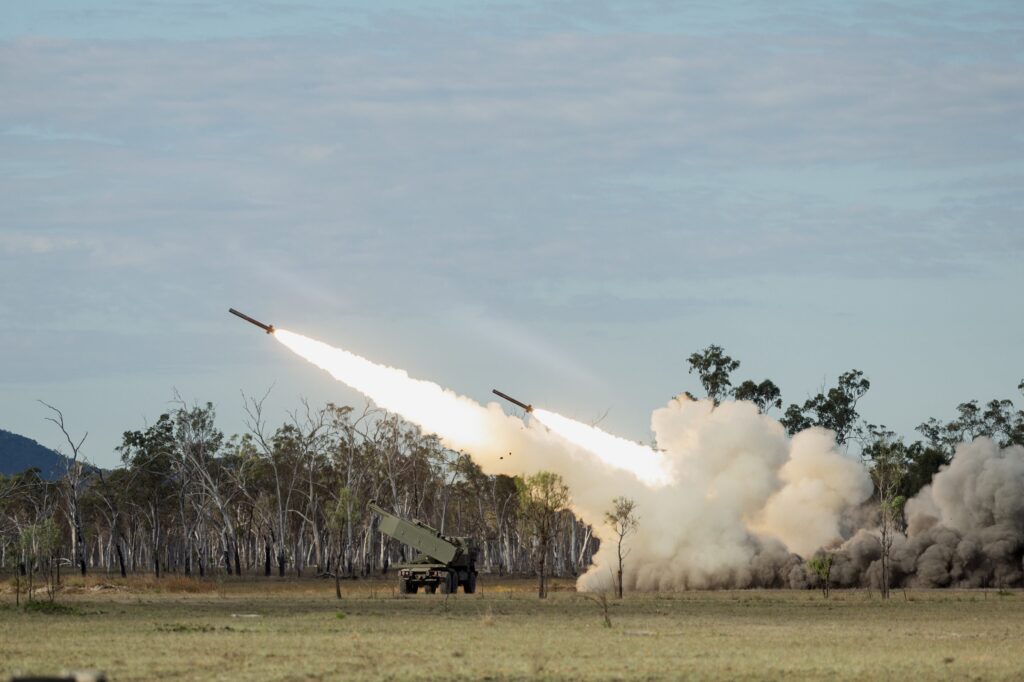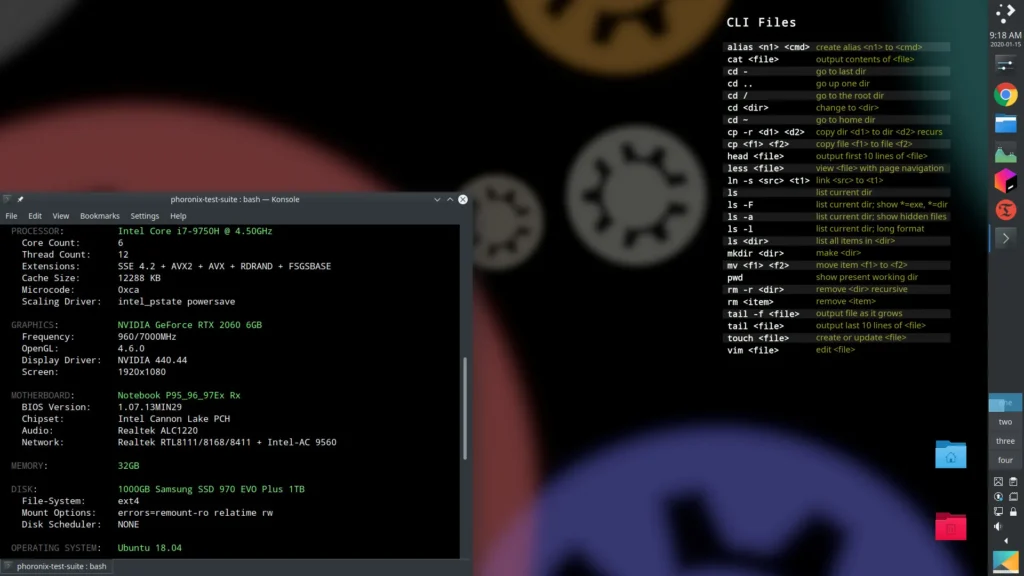The Albanese government’s new strategy for the Guided Weapons and Explosive Ordnance (GWEO) enterprise adopts a crawl-walk-run approach to building a skilled industrial ecosystem able to co-design and produce advanced guided weapons with allies and partners within 10 years.
This approach, revealed in a speech on 30 October, is sensible, since Australian capability is beginning from low base. But it also risks moving too slowly in a deteriorating strategic environment to produce the right type of weapons in large enough volumes to meet likely scenarios this decade. GWEO must succeed against the odds to deliver capability at the time it is needed most. This will be a tall order if events do not wait for the GWEO ecosystem to fully mature.
The record of GWEO development hasn’t been great. The initial steps for GWEO date back to the 2020 Force Structure Plan of the government of prime minister Scott Morrison. Because four years passed before we got to the specific GWEO plan announced last month, getting guided-weapon rounds out of factory doors and into the hands of the Australian Defence Force is increasingly urgent.
Nonetheless, the GWEO plan’s objectives are sound. It aims to increase readiness by expanding priority war stocks while enhancing preparedness and national resilience through domestic manufacture of key components and weapons, initially supplemented by foreign components. Australian manufactured components will eventually replace those sourced overseas, allowing greater participation of sovereign small to medium enterprises.
In the interim, GWEO will see Australia assemble foreign components of weapons such as Lockheed Martin GMLRS surface-to-surface missiles for use with HIMARS launcher trucks; Kongsberg JSM air-to-ship missiles to be carried on F-35As and F/A-18Fs; and Kongsberg NSM ship-launched or ground-launched anti-ship missiles, which will replace elderly Harpoons.
The timelines are important. On JSM and NSM, the GWEO plan notes that the Australian government has partnered with Kongsberg Defence Australia to establish a new purpose-built factory beside Newcastle Airport in New South Wales. The factory is due to be completed in 2026 and start production in 2027. Combined NSM and JSM full-rate production of 100 rounds a year will be achieved in 2028.
Separately, planned establishment of an Australian Weapons Manufacturing Complex, pending a decision in 2025, will support manufacture of GMLRS components from 2029. At around 4000 rounds a year, the facility’s capacity will be more than a quarter of the current global production rate and more than 10 times current ADF demand.
Focusing on shorter-range weapons such as GMLRS will enable Australia to build for the United States. This may lead to consideration of more sophisticated and longer-range weapons, including the PrSM, a surface-to-surface weapon with a range of more than 400km. Once PrSM has been developed to a design called Increment 4, it will have a range of 1000km and also be an anti-ship weapon. This leap from the 70km GMLRS would make a much more valuable contribution to ADF requirements for what Defence Minister Richard Marles called ‘impactful projection’.
Beyond that, the GWEO plan signals local production of hypersonic missiles, such as the under-development Raytheon and Northrop Grumman HACM, that will be integrated on the F/A-18F. Such production is set to begin in the 2030s. The GWEO plan also emphasises that in addition to assembling components of missiles, maintaining such weapons is vital and will allow Australia to grow expertise to sustain missile capability for the ADF and for allies.
Aside from missiles, the plan calls for local manufacture of 155mm artillery rounds—including the M795 HE All Up Round—with a desired production capacity of 15,000 per year and the capacity to scale up by 2029 to 100,000 per year to meet ADF and global requirements.
Finally, the plan seeks to establish a domestic rocket motor manufacturing capacity by 2030, responding to the inadequacy of global supply. This would allow Australia to meet the needs of the ADF in making missiles here and contribute to allied requirements.
Though it will be some time before Australia begins to see results, the GWEO plan is welcome guidance and much needed by the Australian defence industry. Government and industry now need to work together to meet the objectives of the strategy and ensure progress remains on track.
Success depends on the ability of Australian primes to demonstrate industrial competence in assembling NSM, JSM and GMLRS missiles. The outcomes of this first tranche of effort will shape Australia’s access to global demand with industry partners and the United States government across the spectrum of GWEO-relevant technologies (including seekers, guidance sections, warheads and rocket motors). The outcomes of these efforts will directly inform Australian decisions about research and development into the technologies that are less likely to be shared with us.
The GWEO plan makes it clear that a credible domestic missile and munitions production base is vital for national defence. In future, it is likely the effectiveness of Australia’s strategy of deterrence by denial will be judged on how well the GWEO enterprise performs, what capabilities it delivers, and when.

